“Bending stainless steel sheets is beneficial when parts need to be brought to market quickly. It usually results in less material wastage during part manufacturing.”
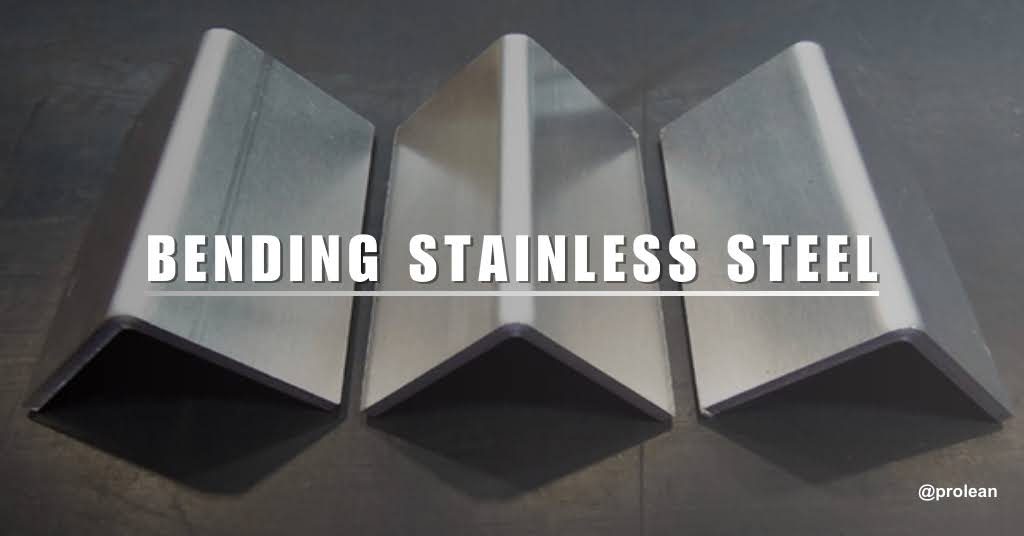
Stainless steel is among the most preferred materials for custom tube bending because of its high strength and corrosion resistance. It’s notably considered the best option for a wide range of tube and pipe products, such as OEM devices and equipment, manifolds, hydraulic fluid pipelines, cooling coils, water nozzles, and many others. Several factors need to be considered when it comes to stainless steel tube bending, including the thickness of the material, the type of bending process, the desired configuration, and so on. Read on to find out if stainless steel is the right material for your tubing needs.
Challenges In Bending Stainless Steel
Stainless steel is a somehow difficult material to work with because of its hardness. However, stainless steel is highly ductile and can be formed into different shapes using appropriate tools and equipment. The force required for shaping depends on the thickness of the material; thicker walls or irregular shapes require a lot of force and may require special bending equipment.
Proleantech has experience in bending stainless steel tubing in various industries. Our skilled engineers and advanced equipment enable us to produce components of any complexity for any purpose.
Try Prolean Now!
Different Ways To Bend Stainless Steel Sheets
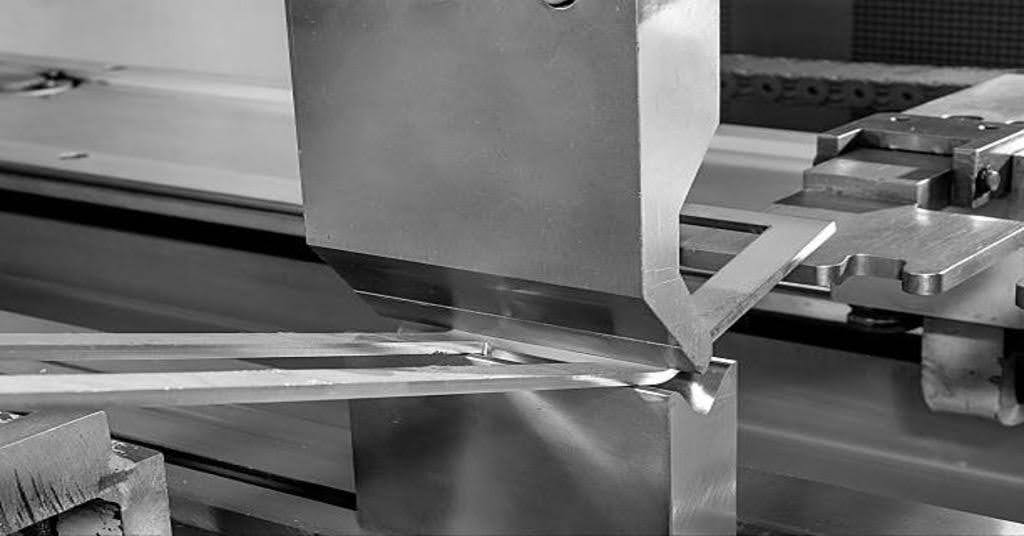
Stainless steel bending
When it comes to techniques for how to bend stainless steel, certain considerations come into play. Here are some common methods including;
- Rotary Draw Bending
This method involves using a die to bend the stainless steel tube by clamping the outside of the tube and bending it around the die until the desired bend radius is reached. It is ideal for small parts and sharp corners. The rotary draw bending method is often used by manufacturers for tubing parts in structural frameworks and machinery components. Examples include roll cages, bicycle handlebars, railings, and so on.
- Three Roll Bending
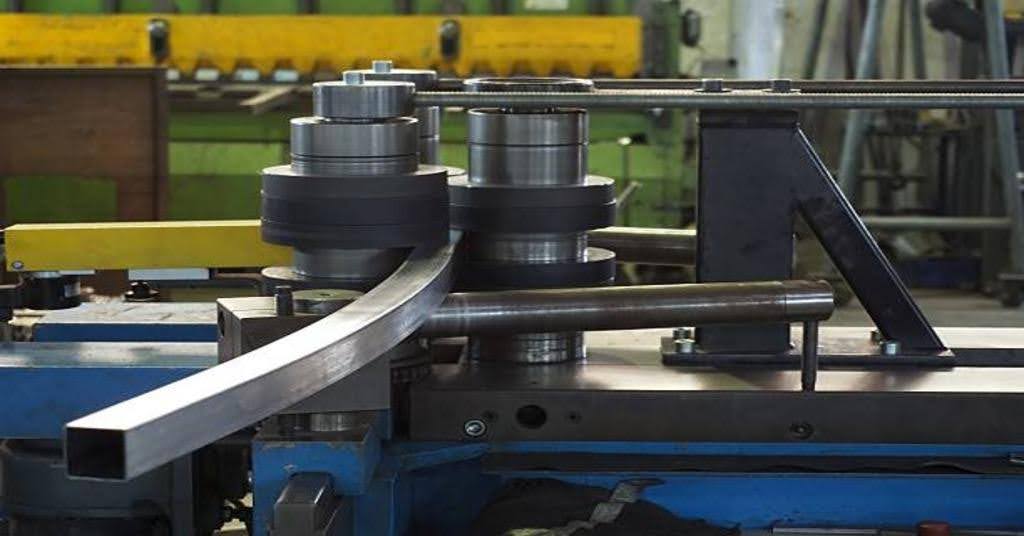
Roller bending
Three rollers are used to apply pressure at certain points to gradually bend the stainless steel pipe or tube as it passes through the machine. It is normally used for larger radius bends. Manufacturers often use roll bending to produce spirals. Operators can produce continuous coils by lifting the tube after each revolution. For this process, the workpiece should have a large radius and a 1-diameter pitch. But if a larger coil pitch is needed an extra roll can be useful. This extra roll helps to push the tube outwards as the coil is being made. If you want to learn about
- Mandrel Bending
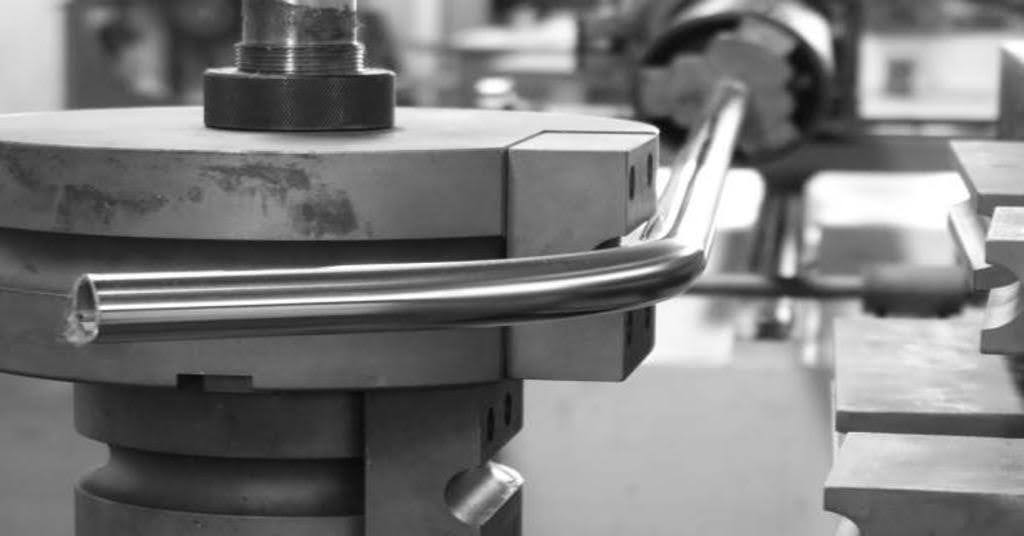
Steel pipe bending
Mandrel bending is similar to rotary draw bending. In the process, as the name suggests, a mandrel is placed inside the tube to support it as it is bent around the die. This helps to keep the tube round and prevents the sheet from collapsing. The use of a mandrel in the inner dia ‘ID’ assists in supporting the flow of materials during bending. Similarly, the pressure die supports the outer dia ‘OD’. The elements work together to regulate the tube OD and ID throughout the bending process. Mandrel tube bending is an optimal way to avoid maximum bending problems, especially spring back. It also prevents wrinkles, flattening, and kinks.
- Compression Bending
In pressure bending, a stainless steel tube is drawn around a fixed die to form the bend. Typically, It’s a quick process but not suitable for small radius curves. Compression bending is a fast and inexpensive way to increase part production. However, this process is not right for pipes with a CLR less than twice the bend diameter. In other words, a 1-inch pipe elbow must have a centerline of at least 2 inches to achieve the required bend.
- Ram Bending
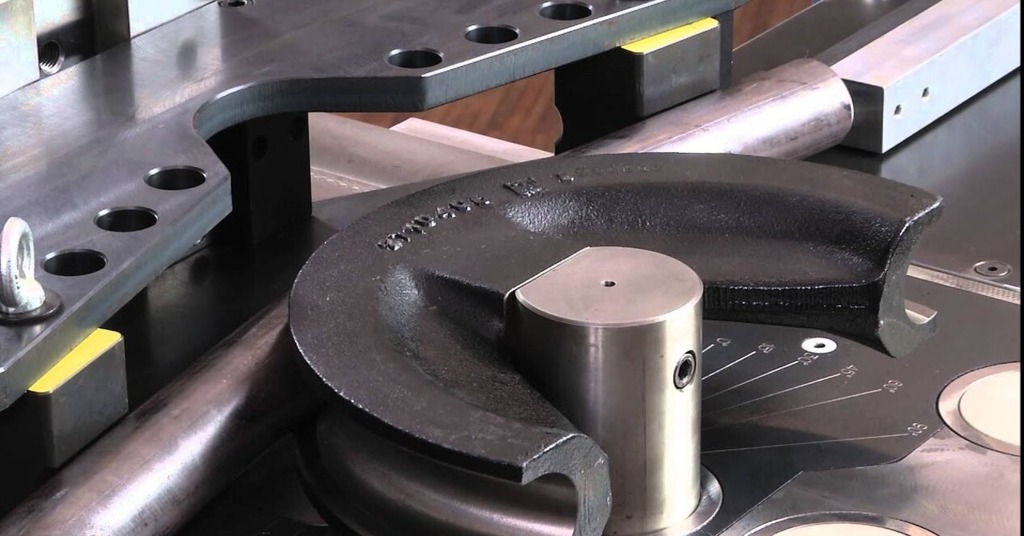
Ram bending
Ram or Piston bending uses a hydraulic piston to bend a pipe around a pivot block at different points. It’s a relatively inexpensive technique of stainless steel bending, but it may not be very suitable for rigorous applications. This process is flexible and can be adapted depending on the type of bending required.
Important Considerations Before Starting Your Bending Stainless Steel Sheet Metal Project
There are many factors to consider before starting a custom sheet metal bending project. Here are some common factors for optimal results or bends.
- Radius of Bend
Predominantly, major portions of stainless steel sheets require tight radius bends during fabrication. Rotary draw bending or roll bending is appropriate, and a mandrel can prevent wall collapse. Moreover, applying force to achieve smaller bend radii requires more attention due to complexity. A 180-degree bend might be possible depending on the inner diameter and thickness of the tube, but a broader “U” shape might be required to maintain the structural integrity of the tube and the interior shape.
- Yield strength
Stainless steel has high yield strength. And this makes it more susceptible to springing back after bending. It is important to manage this aspect by assessing the expected strain.
- Material thickness
The thickness of the material directly affects the strength required to bend. Thicker walls are stronger but harder to break; Thinner walls are weaker but more prone to deformation. It has also been found that thicker materials bend around a given radius more than thinner materials bend around the same radius. Moreover, thick-walled steel plates can withstand higher strength, while thin-walled steel plates may break when bent.
Therefore, it’s important to perfect the required flexural strength to reach the optimum level. Generally speaking, flexural strength must not be too high or too low, because a minor difference causes unevenness or deformation in sheets. Choosing the appropriate bending technique and setting up the machine is important in this case.
- Welded vs. extruded
Welded (seamed) and extruded (seamless) pipes can be bent easily. Seamless pipes are suitable for small bending radii, and welded pipes are ideal for large diameters. The correct pipe type must be selected according to the required bending radius. Due to stress applied, the working pressure of the welded pipe is 20% lower than a seamless pipe. In addition, there’s also a risk involved, as improperly performed welds result in defective sheet bends.
Try Prolean Now!
Commonly Used Stainless Steel Grades For Bending
Stainless steel bending commonly uses two main grades of steel: 304 stainless steel and 316 stainless steel. However, bending aluminum is relatively easier than a sheet of stainless steel. Let’s discuss how these grades benefit manufacturers in bending applications;
304 Stainless Steel
Stainless steel 304 is a food-grade steel alloy. It’s popular due to its flexibility, anti-corrosion resistance and non-magnetic properties. However, sheet bending can be problematic if the wrong tools or equipment are used. Some common use applications include; machinery, food, aviation and medical equipment.
316 Stainless Steel
316 stainless steel is a reinforced-molybdenum alloy. Typically, it offers high resistance to corrosion and heat. It’s relatively strong and effective in corrosive applications such as marine, chemical, pharmaceutical, and medical industries. Prolean facility offers stainless steel in various grades to suit the needs of their valued customers. Please contact us for advice on the most suitable equipment for your specific application.
How To Calculate Bending Allowance?
It’s important to consider when a metal is subjected to pressure that causes it to bend, it will be compressed internally and stretched externally. The bending length is calculated by adding the bend allowance, a function of the plate thickness, inner radius, K factor and bend angle. The bend allowance can be calculated using the formula BA = (Ï/180) x B x (IR + K x MT); where K, K, B are the angle, IR is the inner radius, and if the plate is thick, MT is. If you want to learn more, check out our guide to making simple metal sheets.
Is Stainless Steel Bending Right For Your Project Application?
Bending stainless steel is difficult without the right equipment and machinery. However, it has several benefits for applications that require strong and corrosion-resistant materials. Triad is a company that is dedicated to providing pipe and tube components that meet the specific material requirements and tolerances of various industries. Contact us today to speak to our specialists.
Bending Stainless Steel Without Applying a Brake
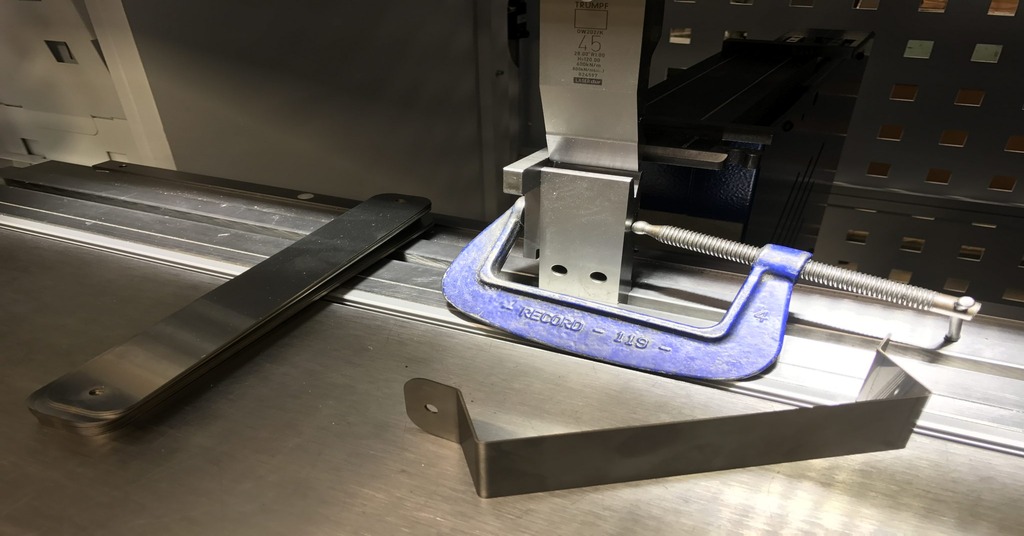
Sheet metal bending without metal brake
You will need stainless steel plates, hammers, vices, rulers, protractors, and markers to bend stainless steel sheet metal without a brake.
- Measure the thickness of the plate using a ruler. Then, calculate the K factor and inner radius to compute the bend allowance using the formula BA=(π/180) x B x (IR+K x MT).
- Use a marker to draw a bending line and radius on the plate.
- Cut the stainless steel plate to the required size and clamp it in the vice.
- Use the vice to bend the plate to the desired angle slowly.
- Tap the metal lightly with a wooden mallet to achieve an even bend.
- Verify the bend angle and the bend allowance. If necessary, heat the pipe to facilitate the bend.
If you follow these steps, you should be able to bend the stainless steel sheet without a brake.
Try Prolean Now!
Conclusion
In conclusion, this blog post provides a general overview of sheet metal bending and highlights the most important aspects of bending stainless steel. Press brakes can be used to perform metal bending, while vice is sufficient for simple bending. Prolean has been in the business of manufacturing sheet metal processing machines for over a decade. For further information about press brakes or other machinery, please contact our sales representatives for sheet metal bending service, and product details and get a no-obligatory quote in minimal turnaround.
FAQ’s
Q1. Can stainless steel sheets be bent without damage?
It is possible to bend stainless steel without damaging it, but the angle of bending is very important. To prevent damage, the bending angle of the stainless steel sheets should be higher than that of the steel.
Q1. What are the uses of bent stainless steel sheets?
Bent stainless steel sheets are used in the production of housing cabinets, refrigerator air-conditioning shells, automobile and aircraft panels, computer cases, etc.
Q3. Is there any rule of thumb for bending thin stainless steel sheets?
In general, this rule states that the thinner the sheet, the smaller the bending angle will be. This rule helps fabricators avoid damage during the bending process.
Q4. Which bending method is more convenient: mandrel tube bending or roll bending?
Mandrel bending is normally considered for small radii to prevent flattening, wrinkling, and kinking, while roll bending is better for thinner tubes with a larger bend radius.




0 Comments